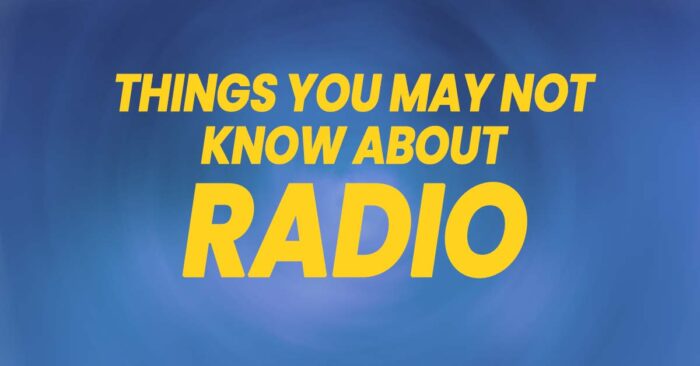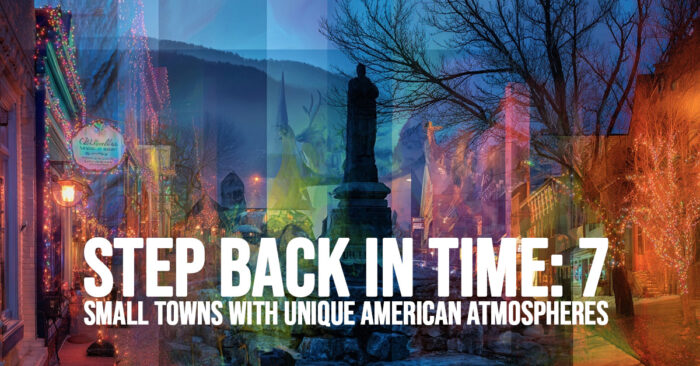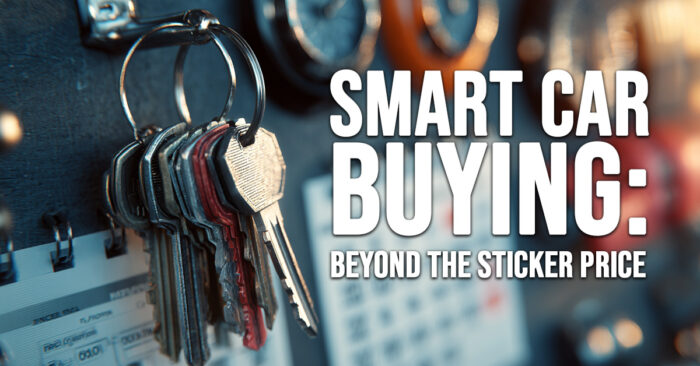Things You May Not Know About Radio

Things You May Not Know About Radio
Radio, specifically broadcast radio, was invented by Italian Guglielmo Marconi in 1895 when he both sent and received a radio signal to himself. Contrary to popular belief, the first commercial took years to hit the airwaves. The first commercial radio station in the United States was Pittsburgh’s KDKA, which signed on in 1920, some quarter century later. KDKA’s call sign is in itself an anomaly as stations East of the Mississippi start with a “W” and those West of the Mississippi start with a “K”. Here are some other facts you may not know about radio.
Radio Comes in Two Basic Flavors
AM Radio (Amplitude Modulated) and FM (Frequency Modulated) radio are its two basic choices. While AM radios have been in cars since the 1930s, it took until the early 70s for FM radios to gain popularity in cars. FM offers a clearer signal, and originally was host to classical and “underground” rock stations in its early days.
Radio Stations are Required to Keep a “Public Inspection File”
This file should contain the station’s license info, information about how it is addressing the needs of the community, how it posts jobs and other information about citizen concerns. Stations are required to make this info available to those who request it.
Those Annoying EAS Tests are Required
A follow-up to the old Emergency Broadcast System (EBS), EAS tests are required for broadcast radio stations. The required tests are initiated by large regional stations and outlets, and “trickle down” to small local stations. This is why some tests occur in the middle of programming, or your favorite song as you were singing.
Your City’s Favorite Station May Not Be Licensed to Your Community
Since radio has few borders, what you think may be a radio station in your city may actually be licensed to a nearby community. Radio station’s, however, must include the city of license in what is known as a “Legal ID” near the top of each hour.
There’s a Good Chance Those DJs Aren’t “Live”
More radio stations are being voice tracked than ever. This means your mid-day DJ may also be doing mid-days in two or three other communities. Their voices are recorded ahead of time and “tracked” between songs. Generally, you can tell if the announcer is live if they give the precise time of day and temperature during a broadcast.
While listening to actual physical radios may be down, we still enjoy radio through smart devices and internet streaming. Radio remains popular, particularly in the morning when many are still too busy to pay attention to TV or alternative choices.
Commercial radio in the United States is celebrating over 100 years of broadcasting, and in spite of reports of its imminent demise, it is still going strong.
Do you have questions about your insurance? Find an insurance agent near you with our Agent Finder
Search All Blogs
Search All Blogs
Read More Blogs
Step Back in Time: 7 Small Towns with Unique American Atmospheres
Discover America’s most atmospherically unique small towns.
Beyond the Bar: Customer Service Lessons from the Best Bartenders
Unlock customer service secrets from your favorite bartender.
Your Safety Net Has a Safety Net: Understanding the Life Insurance “Free Look” Period
Discover your life insurance policy’s “free look” period.
From Edsel to Yugo: Three Automotive Flops That Made History
The biggest blunders in automotive history.
Stay or Go? Why Improving Your Current Home Might Be Your Best Move Yet
Love your home, don’t leave it! Discover why improving beats moving.
The Unforgettable Eight: Women Who Captured Our Hearts
Meet the eight women who are loved by all.
Elevate Your Enterprise: 11 Smart Ways to Boost Business Professionalism
Boost your business’s professionalism without breaking the bank.
Lightening the Load: A Guide to Decluttering for Your Loved Ones
Declutter for peace of mind, yours and theirs.
Smart Car Buying: Beyond the Sticker Price
Unlock the hidden costs of car ownership.
6 Simple Steps to Supercharge Your Home Security
Simple, affordable ways to protect your home.









